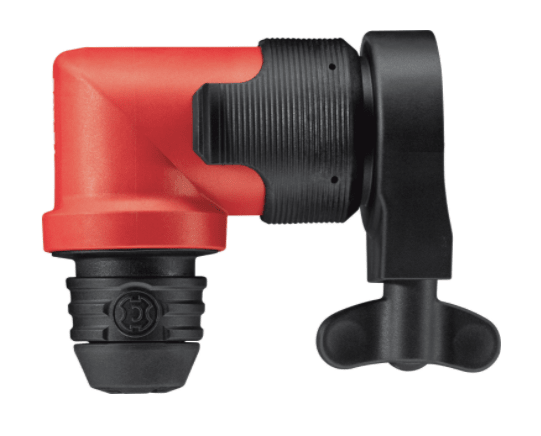Ahmad Uzair Arshad
Civil/Environmental
- Mar 25, 2021
- 19
Dear All,
Hope you are doing well,
I am working on a rehabilitation of fire damaged structure, New steel beam (W section) is provided between two existing concrete beams to reduce span of existing concrete slab, I cant add Lateral bracing, can I reduce the unbraced length by bolting Top flange of steel beam in existing concrete slab,
Kindly suggest,
Thank you
Hope you are doing well,
I am working on a rehabilitation of fire damaged structure, New steel beam (W section) is provided between two existing concrete beams to reduce span of existing concrete slab, I cant add Lateral bracing, can I reduce the unbraced length by bolting Top flange of steel beam in existing concrete slab,
Kindly suggest,
Thank you


